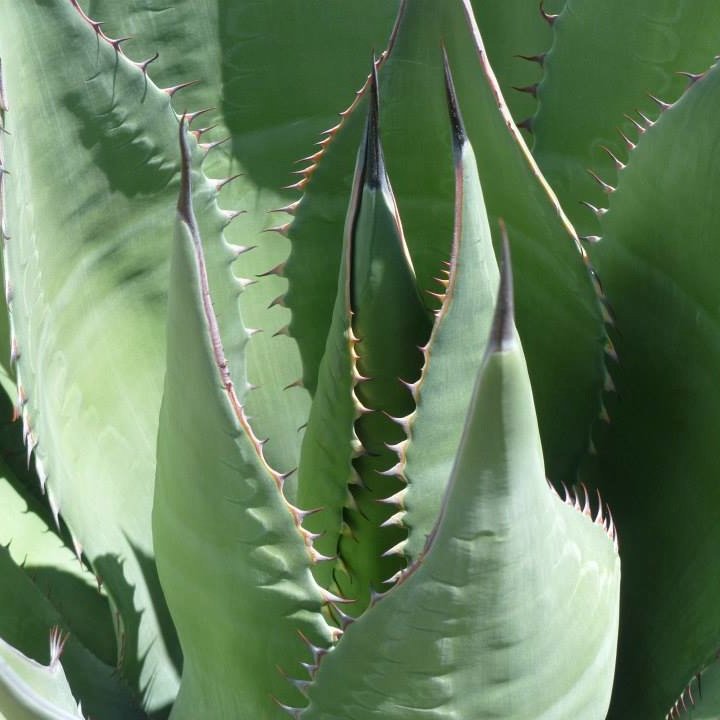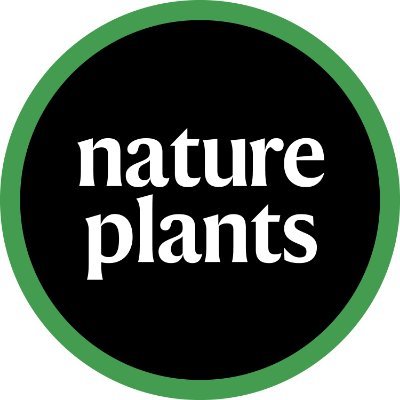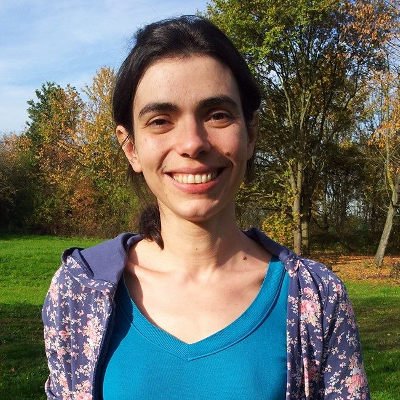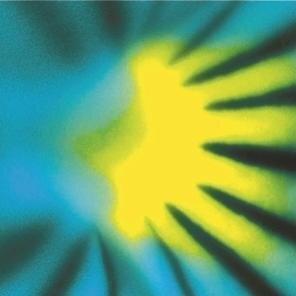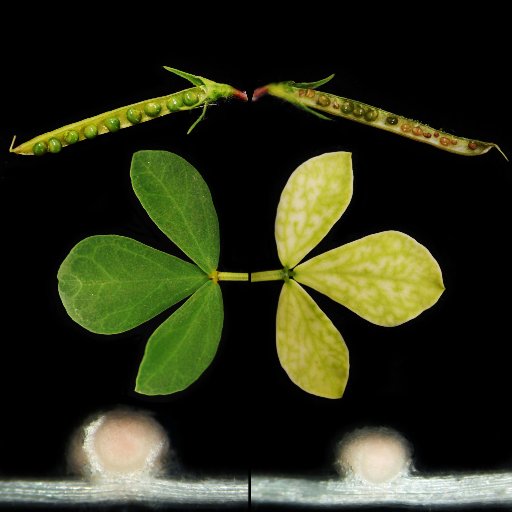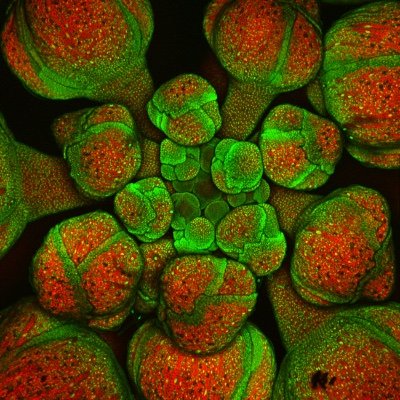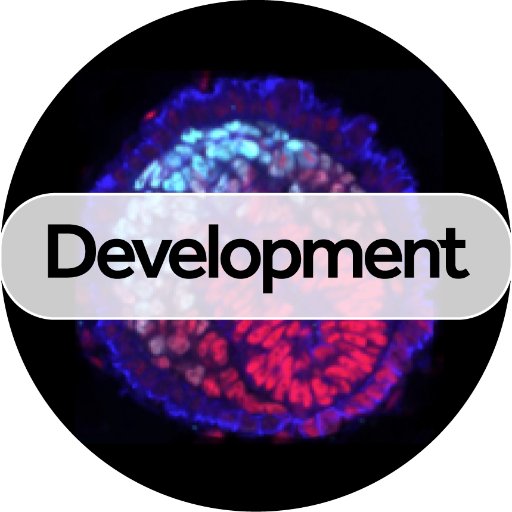
Richard Smith Lab 🇺🇦
@RichardSmithLab
Followers
1K
Following
933
Media
60
Statuses
447
Software for computational MorphoDynamX. https://t.co/VorvL4nv91
Norwich, UK
Joined November 2016
Submitted and out as preprint: A Plausible Model of Phyllotaxis Patterning from a Single Apical Cell. 🪴🌱 Including 3D cell analysis & modeling #MorphoGraphX #MorphoDynamX #Physcomitrella #Phyllotaxis @RoederLab @RichardSmithLab
https://t.co/ZlG5WchAwG
0
10
29
New group leader opportunity @JohnInnesCentre - We're looking for interests in (not limited to) growth and development, environmental/organismal interactions, physiology, signalling, cell biology, biochemical, and modelling approaches https://t.co/VDiCGTpWwq
0
13
17
Latest work from the group: #FEM @COMSOL implementation & analysis of #PDE model for Directed Cell Migration #DCM Preprint: https://t.co/kWmwJynyNG Tweetorial: https://t.co/RyPlm598CN
#DevBio #PatternFormation #CellMigration #Morphogenesis #ComputationalBiology
1
8
14
Special issue on computational Morphodynamics. https://t.co/Q6aTeJbiXa
cambridge.org
Computational Morphodynamics
0
2
9
Don’t miss out! Last weeks left to register for the Plant Computational Biology Workshop 2025, sponsored by us here at @qpb_journal Deadline 31 July - https://t.co/q8EFFGsW06
#plantscience #modelling
0
2
11
Our new paper is out! 1/16 How does an organ rebuild its shape after injury? It's not just about making new cells, but aligning them in the right direction — like bricks shaping a structure. https://t.co/oZ4zLCOVCm
35
51
206
The Camelot paper is now published. If you ever wanted to try biomechanics, Camelot is an inexpensive and easy way to get started. @matmajda @N_Trozzi @RobertBellow
https://t.co/x3l0lllNS2
0
10
21
Join us in Cambridge this September for the 9th annual Plant #ComputationalBiology Workshop. Seminars and discussions will focus on 5 key themes: 1. #Mechanics 2. Pattern processes 3. #AI 4. Computer graphics 5. Concepts REGISTER TODAY https://t.co/syAW8wclBL
2
10
57
Outer epidermal edges mediate cell-cell adhesion for tissue integrity in plants https://t.co/S4wdAi18bL
#biorxiv_plants
biorxiv.org
Cell-cell adhesion in plants is generally thought to be primarily mediated by the middle lamella, a supposedly thin adhesive layer of the cell wall. Here, we challenge this view. Through computatio...
0
8
12
New Article: "Mechanical interactions between tissue layers underlie plant morphogenesis" https://t.co/8iyM7PnEvi With Research Briefing: "Growth in internal tissues sculpts plant organs in 3D" https://t.co/OHnhX3fFkq
0
15
53
Our latest collaborative work with Daniel Kierzkowski's lab is now published @NaturePlants How mechanical interactions shape organs and individuals cells? 👉 https://t.co/88GLFF4Oe7
@RichardSmithLab @IRBV_Montreal
0
7
15
Did you know that Lymph vessels have puzzle cells? https://t.co/RXuD5cPKeF
nature.com
Nature - Dynamic cytoskeletal regulation of lymphatic endothelial cell shape, induced by isotropic stretch and crucial for dermal lymphatic capillary function, is identified and found to result...
0
1
11
Symplastic guard cell connections buffer pressure fluctuations to promote stomatal function in grasses Wilson et al. @RichardSmithLab 📖 https://t.co/jmKHLZEJvN
0
7
51
Happy 500th (Google) citation for the #MorphoGraphX v1.0 paper (in just under 10 years)🥳🎂 https://t.co/ChUCs4x9iw
@RichardSmithLab @RoutierLab
https://t.co/gAnMDwoJXQ
0
7
50
If you ever wanted to have a try at plant biomechanics, but were not sure if the cost was worth it, here is a simple to build setup for under £500. https://t.co/p0NEWnHDTL
0
8
23
BLOG - Blueprint for scientific success - great teamwork, a thick skin, and a happy accident In the case of Dr Robert Kelly-Bellow's team, a chance glimpse of a “wobbly spine” in a dwarf variety of an obscure aquatic plant has led to a whole new outlook. https://t.co/5MYuXFmb2n
0
2
5
The October 2024 issue of Plant Physiology from @ASPB @OxUniPress is now online! Read the newest issue here: https://t.co/YA2ujXd8Zo
#PlantSci
0
3
28
@BurdaIsabella got the cover! Beautiful!
Issue 19 is complete! Cover: Timelapse images of a developing Arabidopsis sepal (three time points) with lgo-2 mutation, which causes an increased number of cell divisions. Each cell and its daughters are the same color. See Burda et al.: https://t.co/ahJ9prJYFe
3
9
41


